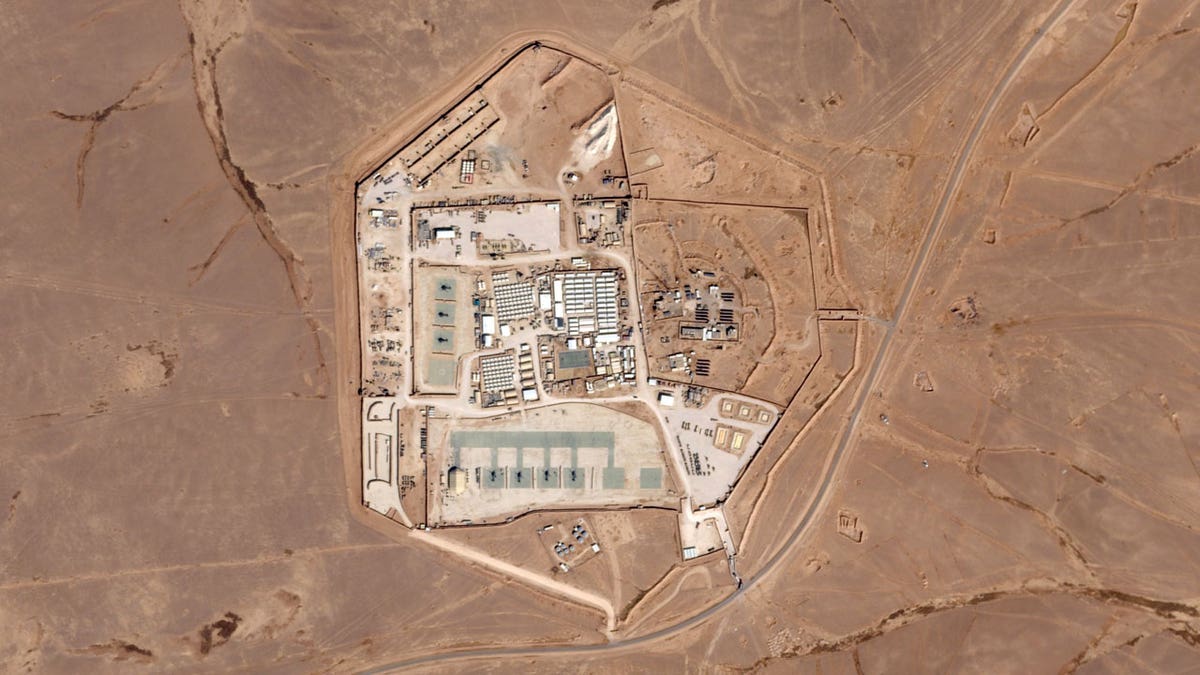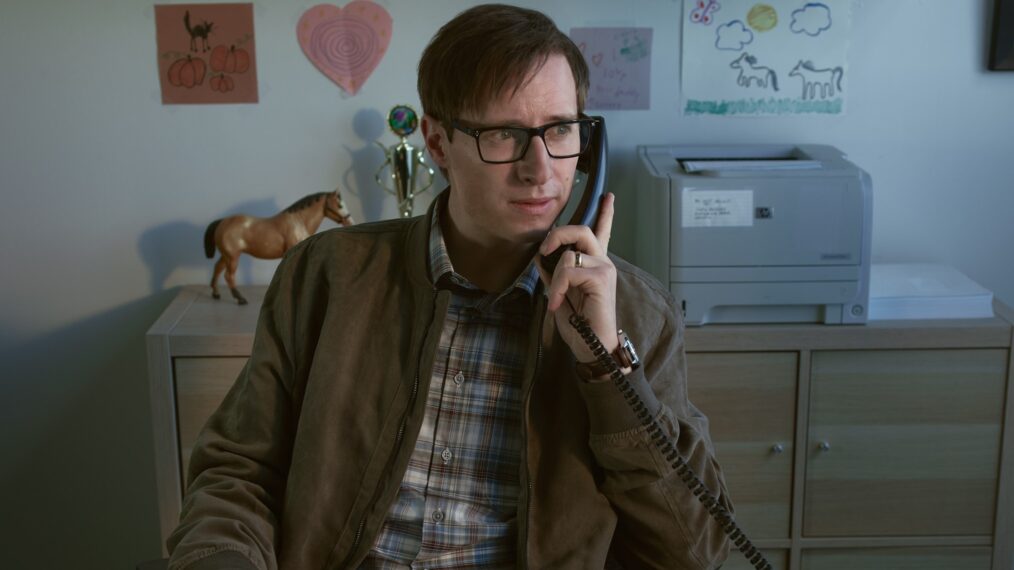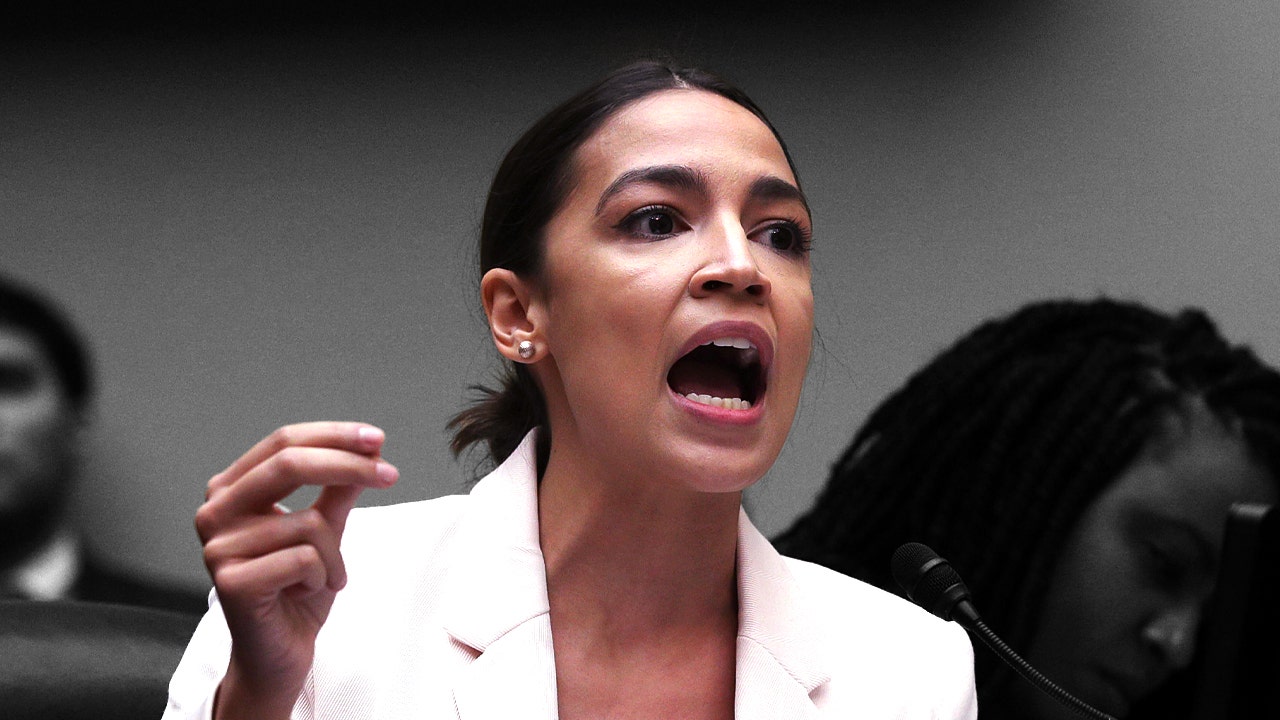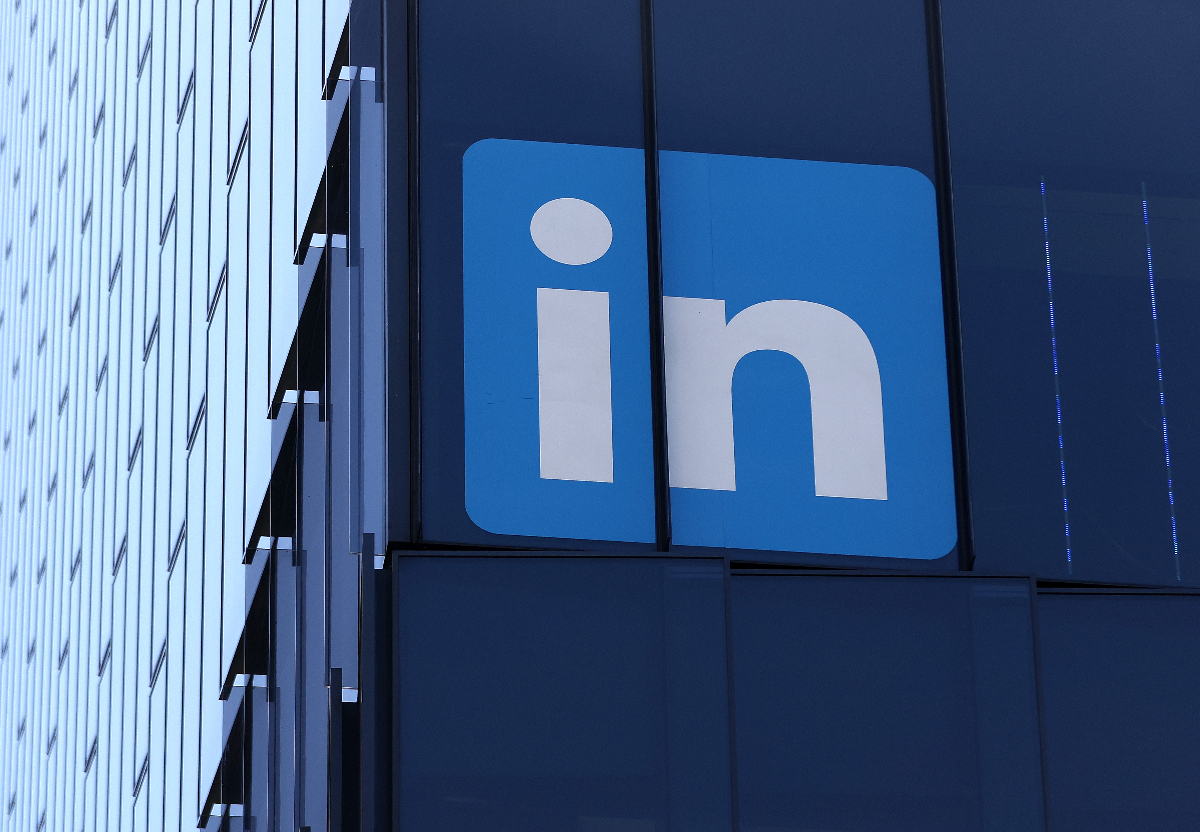A decade ago, cord-cutters prophesied a world free of exorbitant cable bills where everyone binged The Office without intrusions from advertisers. Now, you have to pay extra to not watch commercials on most streaming services. On Monday, Amazon Prime Video became the latest streamer to embrace the ad tax, tacking $3 onto the monthly bill of anyone who wants to stay ad-free. It’s not just annoying; it’s starting to get expensive.
To watch The Last of Us, you need Max. That’s $20 a month, for the “ultimate ad-free” experience. Stranger Things requires Netflix. Add on another $15.50—and even more if you want to visit the Upside Down on more than two devices at once. Equally enamored with Only Murders in the Building and The Mandalorian? You can bundle Hulu and Disney+ ad-free for another $20. Starting today, if you want to binge The Lord of the Rings: Rings of Power, you’ll have to spend at least $12 to watch Amazon Prime Video without ads.
Want ad-free Peacock? It’s about double the price of normal Peacock, at $12 per month. Paramount+ doesn’t have a version totally free of commercials, but Paramount+ with Showtime, $12, gets you pretty close. Throw in, say Apple TV+, which is still blessedly ad-free at $10, and the cost of your cord-cutting comes out to about $100 per month—about $40 more than you’d pay if you were willing to sit through commercials on every service. It’s over $450 extra each year.
This isn’t the future we were promised. When Netflix launched its streaming service in 2007, it was less than $10 a month, and you still got a DVD in the mail. HBO Now—the HBO Go successor that let you watch HBO content without being a cable subscriber—came about a decade later, and was under $15. Hulu was free until 2016, when it rolled out an $8 streaming plan. Apple seemed to be almost giving away TV+ when it launched in 2019 for $5. (It still also gives away three free months with the purchase of many Apple devices.) Disney+ also came on the scene in 2019 at a relatively reasonable $7.
After a few years of struggling to turn big profits, things started changing. Netflix’s higher-tier plans went up in price in 2014, 2015, 2017, and 2019. At launch in 2020, the revamped HBO Max was still $15, but the price went up a dollar in 2023. That year proved to be a tipping point. In addition to introducing ad-supported plans, streamers started increasing prices. Disney+ began to cost $14 and Hulu $18. Apple increased the price for TV+ twice. Netflix began charging more for all of its plans. Even smaller streamers like Paramount+ and Peacock started charging an extra dollar or two.
And now, Prime Video will cost a few bucks more if you want to watch it without commercials. When Amazon emailed Prime subscribers in late December to tell them about the new pricing, the message noted that it “aims to have meaningfully fewer ads than linear TV and other streaming TV providers.” Based on ad-supported versions of other services, the streaming services do show far fewer commercials than network TV does. It’s still a far cry, though, from the seamless, ad-free binging experience viewers got used to in the halcyon days of streaming.
This was probably always going to happen. Making TV is expensive! Art costs money. Hollywood spent a huge part of last year on strike to illustrate this very point. Netflix and its imitators did a good job of disrupting the TV and movie business, but they could not disrupt this simple fact. Now, Netflix is going to offer live wrestling and the SAG Awards—just like TV did/does. Streaming has all but replaced cable—but the price remains the same.

























































